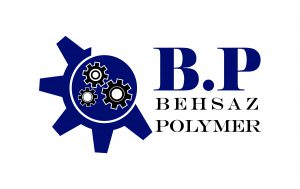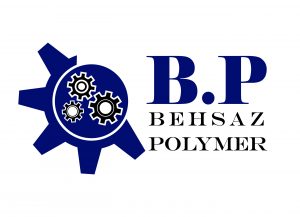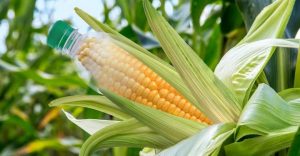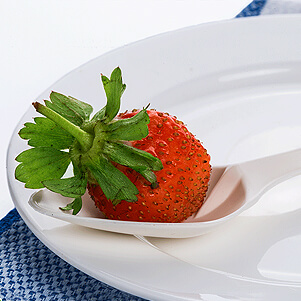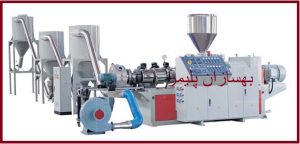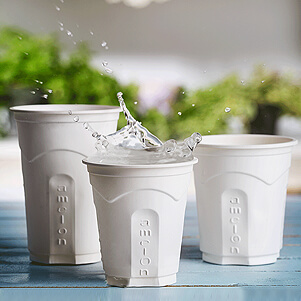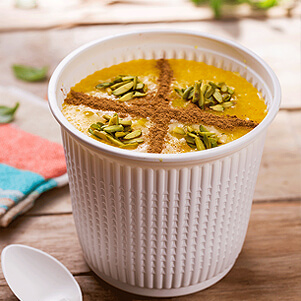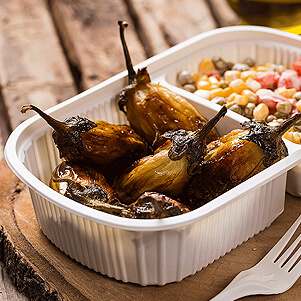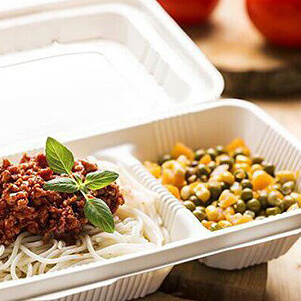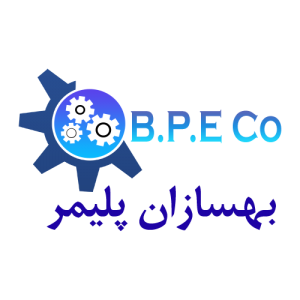Disposable vegetable dishes
Types of disposable containers in order of consumption are:
Disposable plastic utensils, foam disposable utensils, paper disposable utensils, aluminum disposable utensils and vegetable disposable utensils. Each of these types of dishes has its advantages and disadvantages that we will mention. Before discussing the characteristics of each of these containers, it is necessary to get acquainted with the types of synthetic polymers used in the preparation of these containers, which are:
PS Polystyrene
PETE Or PET polyethylene terephthalate
PE polyethylene
PP Polypropylene
PC polycarbonate
PVC polyvinyl chloride
PA Polyamine
When using disposable tableware, it is best to pay attention to these acronyms that are engraved on the bottom of the container.
Disposable vegetable dishes
The main ingredients of these dishes are corn starch, wheat and potatoes. Not only do these containers have no toxic or chemical substances, but they decompose in the soil over several months, but there are ambiguities about disposable plant containers produced in Iran. The price of these containers is slightly higher than disposable plastic containers.
Plant and plastic disposable tableware production line
The complete line of production of disposable vegetable containers includes two main devices and several ancillary devices and equipment
- Main production line machines:
– Vegetable sheet and roll production machine
– Thermoforming press for producing vegetable dishes
- Plant tableware production line accessories and equipment:
– Roll waste shredder
– Air compressor device
– Water cooling chiller
– Automatic cup collector stacker Raw material mixer
– Dryer and gas extractor
– Suction device and extruder material
– Different container molds
Production of disposable vegetable dishes from raw materials called “PLA”
Poly Lactic Acid, or PLA for short, is a polyester material obtained from renewable sources such as corn (in the United States), starch (mainly in Asia), sugarcane, and.. PLA is the second most widely used bioplastic in the world, which is both economically efficient and weighs less than similar disposable containers.
Low cost of production, light weight, good appearance, no deformation against heat and environmental conditions, are other features of plant containers produced with PLA.
Advantages of using disposable vegetable dishes
In fact, since disposable vegetable containers are made from natural plant materials such as corn starch, potatoes and wheat, and in its production from honey wax and vegetable oils, gluten and cellulose to create polymeric and waterproof properties (water repellency) It has the advantages that due to the non-use of chemicals, when using hot and fatty substances, no harmful substances are released from it in food, their degradability period in nature depends on the conditions of pressure, temperature and micro Soil organisms are variable but short, saving energy due to production at temperatures much lower than disposable containers of chemical origin at least 60 degrees Celsius, no dependence on petroleum products and no use by profiteers for improper recycling. Among the benefits of these products.
- Environmental compatibility (soil degradability maximum after six months)
- Free from any harmful effects of plastic materials due to contact with hot food
- Without any destructive effects on the environment after decomposition in soil
- Prepared from annual renewable primary sources
- No dependence on petroleum raw materials
- Strengthening and developing the agricultural industry
- Less energy consumption in the production process
- Possibility of use in food packaging industries of agricultural industries, children’s toys and medical uses
Disposable signs for disposable tableware
The manufacturer of disposable tableware tries to inform the consumer about the correct use of disposable tableware by inserting these signs.
Each of these symptoms indicates the type of consumption and proper use of disposable containers.
Consumers of disposable tableware should pay attention to the name of the manufacturer of disposable tableware as well as the sanitary license for making disposable tableware.
Refrain from buying anonymous products without a health license.
Polyethylene (PE) containers are suitable for packing and storing oil, vinegar and dairy products (milk and buttermilk) and food with high heat and humidity.
The use of polypropylene (PP) containers for packaging dairy products (yogurt, cream, cheese) as well as olives and foods with high heat and humidity is unrestricted, and recently in the world, instead of clear disposable cups, polypropylene cups are used.
Transparent polystyrene containers (also known as GPPS) are recommended for glass and disposable containers only for food at normal temperatures.
Avoid heating food in disposable containers in the microwave.
Crystal polystyrene containers are also prohibited for packaging edible oils, margarines and all products whose outer layer is greasy and in contact with the packaging.
Foamed polystyrene containers (EPS) and polystyrene containers (HIPS) should not be used for the packaging of foodstuffs (edible and beverage) that have a temperature above 65 ° C when filled, stored or consumed.
Tips and advice on using disposable tableware
Disposable plastic containers are one of the factors affecting the incidence of various cancers and gastrointestinal diseases and can be allergenic.
Long-term use of these dishes can cause fatigue and nervous problems.
These containers are difficult to recycle and take about 300-500 years to decompose.
Be sure to buy disposable plastic containers from reputable centers. The containers you use must have a manufacturing license from the Ministry of Health.
Do not use bottles of mineral water and soft drinks frequently.
Try not to use disposable plastic, foam and paper containers on a regular basis.
Any copying of the contents of the site without including the source will be prosecuted.
We hope the above content was helpful
Behsaz Polymer Industrial Group
